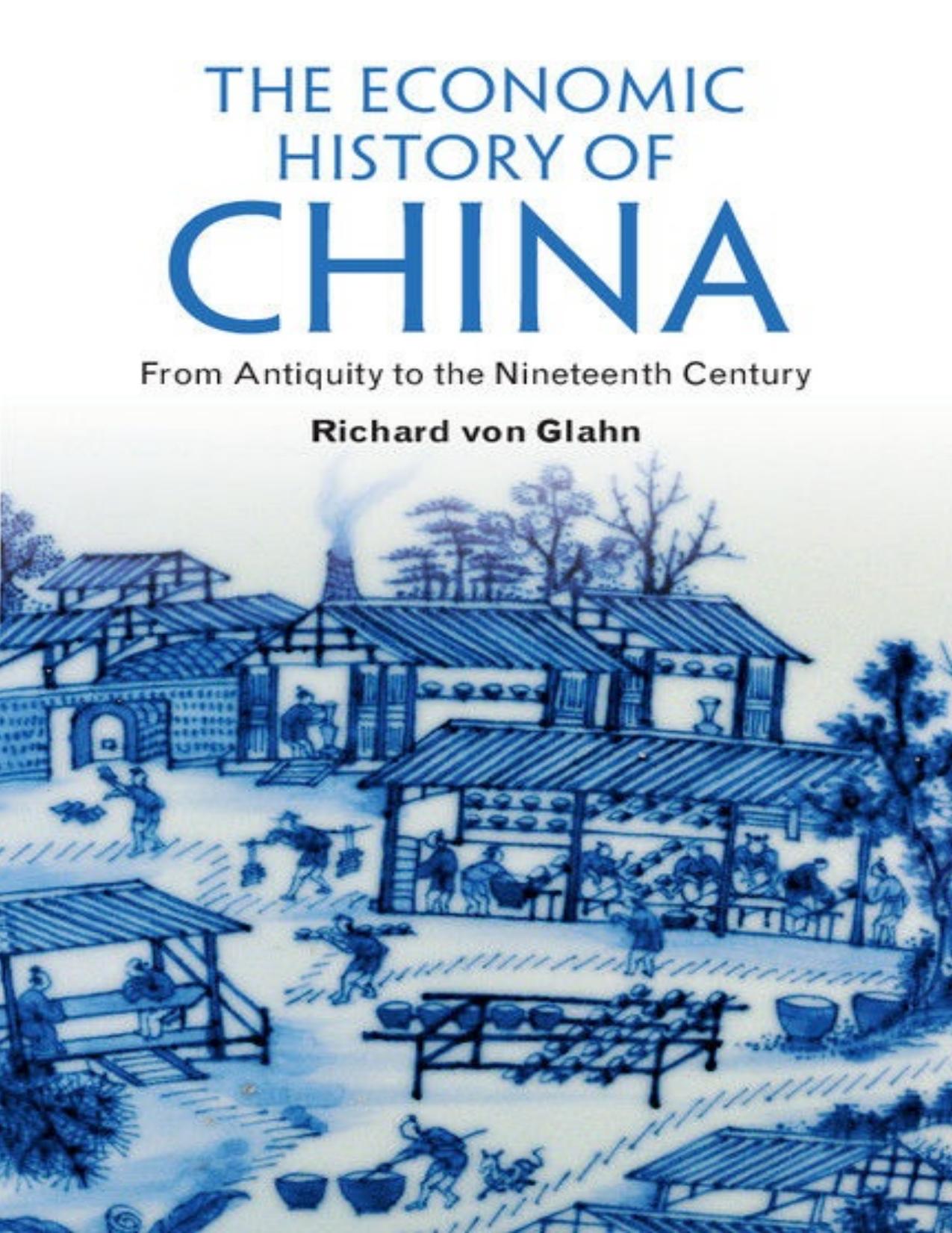The Economic History of China: From Antiquity to the Nineteenth Century by Richard von Glahn

Author:Richard von Glahn [Glahn, Richard von]
Language: eng
Format: epub, pdf
Publisher: Cambridge University Press
Published: 0101-01-01T00:00:00+00:00
Period Average annual coinage Total output for period Accumulated output*
976–82 70 490 490
983–96 300 4,200 4,690
997–99 800 2,400 7,090
1000–15 1,250 18,750 25,840
1016–48 1,000 33,000 58,840
1049–73 1,600 40,000 98,840
1074–85 4,500 54,000 152,840
1086–1125 2,800 109,200 262,040
* These figures do not account for the existing stock of coin or the loss of coin due to wear, melting, etc.
Source: Gao Congming 1999: 103.
Wang Anshi’s new policies
The Tang-Song transition also witnessed crucial changes in the nature and composition of the political elite. The old aristocracy, whose fortunes fell along with those of the Tang court in the wake of the An Lushan rebellion, largely disappeared after the Song instituted rigorous merit-based civil service examinations as the principal means of recruiting government officials. The examination system also fostered a rejuvenated political culture imbued with a reawakened Confucian commitment to improve both the spiritual character and the material welfare of the people.66 During the Northern Song period many leading officials expressed bold confidence in using the authority and institutions of the central government to engineer transformative social change. The humiliating military defeat inflicted by the Tanguts in the 1040s and the chronic deficits in the state budget resulting from, in Sogabe Shizuo’s words, a “perpetual wartime fiscal regime” intensified the urgency of appeals for action.67 The opportunity for radical reform came two decades later with the ascension of a young monarch, Emperor Shenzong (r. 1067–85), who swiftly promoted an ambitious and brilliant statesman, Wang Anshi (1021–85), to the position of chief minister in 1070. Wang immediately embarked on a program of sweeping institutional reforms known as the New Policies (xinfa 新法).68 Above all, Wang implemented far-reaching changes in fiscal policy, seeking to free up productive energies in an economy undergoing rapid monetization by converting labor services to cash payments and pumping vast amounts of currency into the economy. The New Policies on one level were consistent with the trends toward monetization of fiscal administration and growing state intervention in the markets that had been underway since the An Lushan rebellion. Yet Wang Anshi also displayed a commitment to mercantilist principles of fiscal governance unseen since the time of Emperor Wu of the Han.
Under Wang Anshi’s leadership, fiscal management – literally, “regulating wealth” (licai 理財) – displaced ethics, ritual propriety, and literary mastery as the defining feature of the art of government. Wang aimed to strengthen frontier defense while reducing the burden of military expenditures on the state budget; increase the state’s income from monopoly commodities and foreign trade; streamline taxation by reducing or eliminating in-kind payments and labor services; and revitalize the agrarian base of society through state investments (the central government initiated over 11,000 irrigation and flood control projects), making low-cost loans to farmers, and expanding the reach of public relief in rural areas. Above all, Wang saw himself as the defender of family farms and small shopkeepers against rapacious rentier landowners and the great merchant houses, whom he castigated as “aggrandizers.” Wang feared that unbridled market exchange created imbalances in the distribution in wealth and was vulnerable to manipulation by merchant cartels.
Download
The Economic History of China: From Antiquity to the Nineteenth Century by Richard von Glahn.pdf
This site does not store any files on its server. We only index and link to content provided by other sites. Please contact the content providers to delete copyright contents if any and email us, we'll remove relevant links or contents immediately.
| Africa | Americas |
| Arctic & Antarctica | Asia |
| Australia & Oceania | Europe |
| Middle East | Russia |
| United States | World |
| Ancient Civilizations | Military |
| Historical Study & Educational Resources |
The Sympathizer by Viet Thanh Nguyen(4282)
The Rape of Nanking by Iris Chang(4119)
World without end by Ken Follett(3409)
Ants Among Elephants by Sujatha Gidla(3388)
Blood and Sand by Alex Von Tunzelmann(3113)
Japanese Design by Patricia J. Graham(3089)
City of Djinns: a year in Delhi by William Dalrymple(2493)
The Queen of Nothing by Holly Black(2458)
Foreign Devils on the Silk Road: The Search for the Lost Treasures of Central Asia by Peter Hopkirk(2418)
India's Ancient Past by R.S. Sharma(2391)
Inglorious Empire by Shashi Tharoor(2383)
Tokyo by Rob Goss(2365)
In Order to Live: A North Korean Girl's Journey to Freedom by Yeonmi Park(2325)
Tokyo Geek's Guide: Manga, Anime, Gaming, Cosplay, Toys, Idols & More - The Ultimate Guide to Japan's Otaku Culture by Simone Gianni(2301)
India's biggest cover-up by Dhar Anuj(2297)
The Great Game: On Secret Service in High Asia by Peter Hopkirk(2284)
Goodbye Madame Butterfly(2187)
Batik by Rudolf Smend(2091)
Living Silence in Burma by Christina Fink(2023)
